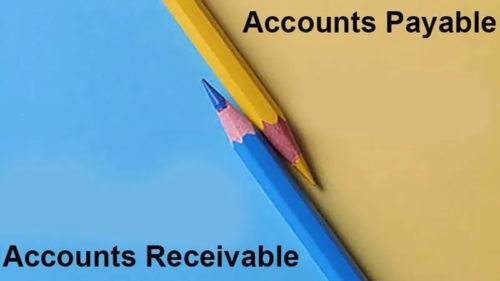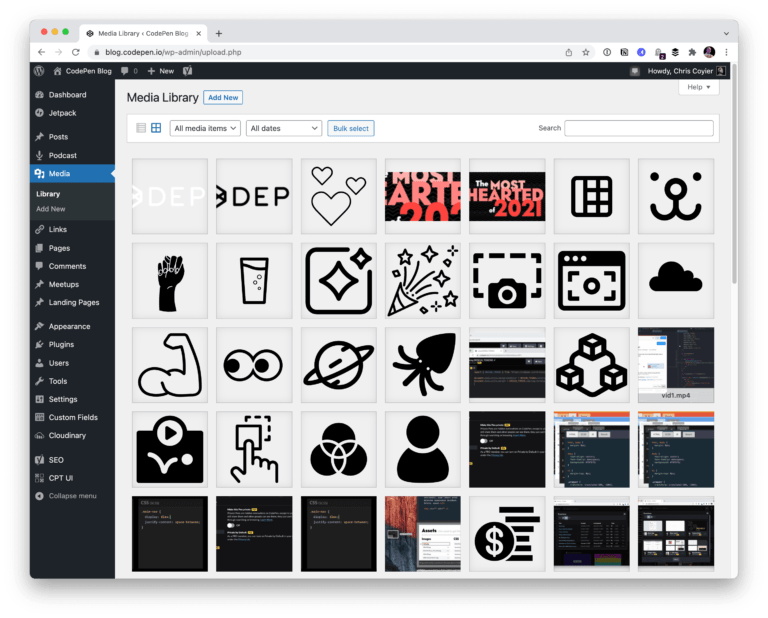
Proper account payable and receivable management is essential to your business as it impacts revenue and cash flow. You should be able to track what you owe to your supplier, what you sell, and what your customers owe to you. It is especially true for big companies, as they manage hundreds of different transactions daily. These tasks mean timely payments, good customer relationships, and high prices. Furthermore, poor management can cause wastage of time, accounting errors, lost revenue, and reduced business cash flow.
There are two types of account management in a business, Accounts Payable (what you owe) and Accounts Receivable (what you have). Managing APs and ARs can be a bit rewarding activity. Tracking these accounts means the difference between tracking purchases and overpaying or not paying for goods and services. It makes proper management more efficient and essential than ever. So here are some tips for managing accounts payable & receivable for your business.
Also Read: Types Of Accounts In Accounting
Tips For Managing Accounts Payable & Receivable
1. Cut down transaction cycles.
Reducing the transaction cycle for goods purchased and sold will save your company’s labor money for these exchanges. It is because longer cycles may cause low cash flow. It is the case when a company prefers to wait for sales before paying the supplier. Businesses should set a time frame for receivables and accounts payable.
Set a shorter debt collection window so you can settle your debt quickly. Teach the departments to issue invoices, purchase orders, and other documentation on certain days of the week or month to create a procedure that you can work with efficiently.
2. Keep track of your old account.
Businesses should regularly track all transactions and publish statements. Moreover, it is wise to review the old accounts to ensure that all is well. If the accounts receivable are there in the books, take immediate action and suspend further business with that particular client until the transactions are balanced.
Moreover, set a policy that indicates how long it will take to clear a customer’s account. Likewise, for accounts payable, if a vendor misses payment within the stipulated time, immediately create an account payment schedule.
Also Read: Best Ways To Manage Accounts And Data For Restaurants
3. Make a credit policy.
One of the things that owners and managers don’t like about deals is that they take a long time to complete. Accounts receivable departments often establish credit terms, which can vary depending on the customers they serve. Older customers with good credit ratings can get more flexible payment terms, while first-time customers may not have much wiggle room.
In terms of payment terms, most companies have payment terms of 15-30 days. Therefore, if the shipment is in good condition, the accounts payable department should pay the supplier immediately. You can even take advantage of discounts the supplier offers for paying early.
4. Enhance communication
It can be difficult for companies to stay ahead in both sectors, especially when dealing with a high volume of transactions. To facilitate this situation, departments need to negotiate purchases and sales that affect the company. Accounts receivable can refer to accounts payable to order more items when consumer demand is very high. If time is vital, you can withhold accounts payable until stability improves.
5. Be proactive
If you have clear steps in place, you can be proactive in collecting payments. Create a process that prompts you to contact the client on the first day of late payment. It allows the client to recognize the delinquent balance effectively and perform the transaction. Electronic billing and payment systems help centralize and resolve billing and payment issues with clients.
Also Read: Best Ways To Manage Accounts And Data For Retail Shops
6. Track everything using automation.
Save time and increase process consistency by automating account communications with customers. It is a thorough process, and even a single document can get even more annoying if you slip under the radar.
Automating all these transactions in real-time using accounts payable software allows you to quickly edit the information you need in your financial statements to help you track down anomalies such as delinquent accounts and workflow interruptions.
7. Make it easy for your customers.
Many of the payment issues you experience are due to customers not being able to access, view, or not having access to a fast and convenient payment method.
Get rid of these problems by creating a convenient system for customers. Use an e-billing system that delivers billing information and links directly in an email to avoid triggering spam filters with an attachment. Set up simple electronic payment gateways that allow customers to pay online as soon as they read your bill.
Also Read: Best Ways To Manage Accounts And Data For Restaurants
8. It is teamwork.
Don’t limit the receivables process to just the receivables team. If all client teams are involved in the process, including, for example, the sales department, this will help everyone to keep abreast of what is happening. It improves efficiency, prevents duplication, and eliminates errors that can waste time or money for your business.
To sum it up
Accounts payable and accounts receivable management are essential to determine a company’s financial position. Properly tracking and managing them allows you to evaluate overall performance and help owners make effective decisions that can affect the future of the business. The prime reason for managing accounts receivable and payable in a business is to maximize cash flow while minimizing costs and maintaining good customer relationships. The transition to electronic billing and payment is essential to streamline and organize this process, reduce errors and facilitate the process for the client.
These tips will help you manage your company’s accounts payable and receivable. It will help you set up the ideal systems that drastically improve the accounts managing experience. Much of this process can be automated, allowing you to focus on the bigger picture of the business. All the best with managing the accounts of your company effectively!







